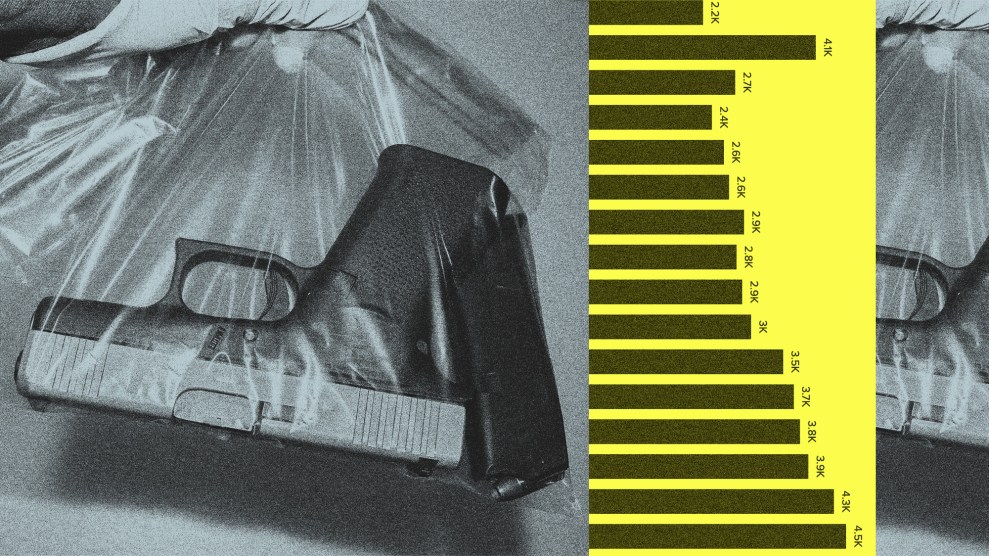It’s not perfect, but it’s something: A new study from researchers at the University of Alberta says that Arctic permafrost may be less vulnerable to global warming than previously thought.
The study, which will be published tomorrow in the journal Science, found that a permafrost ice wedge in Canada’s Yukon Territory is more than 700,000 years old, meaning that it withstood two previous cycles of intense warming. Lead researcher Duane Froese said that the findings mean we’re further from a widespread thawing—and the catastrophic release of carbon and other gases that would accompany it—than earlier predictions have suggested.
Great, right? Not so fast, says Froese. While deep, ancient frost like the chunk he studied may be safe, the top layers of permafrost, formed much more recently, remain in serious danger. And it’s those layers that could cause the most damage.
Still, it’s heartening to know that at least some parts of the Earth are more resilient than we think they are. Of course, 700,000 years ago, no one was trying to see how far they could push that resilience.











